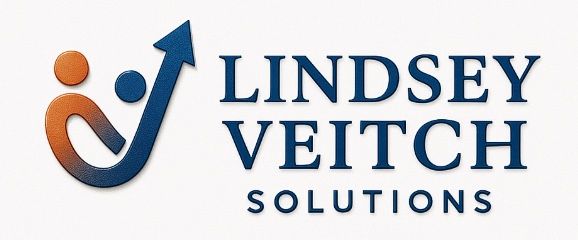Seasonal Trends in Customer Success: Preparing for Market Changes
Understanding Seasonal Trends in Customer Success
In the ever-evolving business landscape, staying attuned to seasonal trends is critical for maintaining effective customer success strategies. These trends can significantly impact how customers interact with businesses and influence their expectations. By understanding and preparing for these shifts, companies can ensure they remain agile and responsive to market changes.

Seasonal trends often correlate with significant events or periods such as holidays, fiscal quarters, or industry-specific cycles. During these times, customer behavior can change dramatically, affecting everything from purchasing patterns to support needs. Recognizing these patterns allows businesses to anticipate and meet customer demands proactively.
Recognizing Key Seasonal Trends
To prepare for market changes, businesses must first identify the key seasonal trends relevant to their industry. This involves analyzing historical data to spot recurring patterns and peaks in customer interaction. For instance, retail businesses might see a surge in customer queries during the holiday season, while B2B firms might experience increased activity at the end of a fiscal quarter.
Once these trends are identified, businesses can tailor their customer success strategies accordingly. This might mean scaling up support teams during peak seasons or implementing new technologies to handle increased demand.
Adapting Strategies for Customer Success
Adapting to seasonal trends requires a proactive approach. One effective strategy is to enhance communication with customers during peak times. This can be achieved through personalized emails, targeted content, or special promotions that align with the seasonal needs of your audience.

Moreover, leveraging technology can streamline this process. Implementing chatbots or AI-driven analytics can provide real-time insights into customer behavior, allowing businesses to adapt quickly to changing demands. These tools can also help predict future trends, enabling companies to stay ahead of the curve.
Preparing Your Team for Market Changes
Ensuring your team is prepared for seasonal changes is just as important as adapting your strategies. Training sessions focused on anticipated challenges and solutions can equip your team with the skills needed to handle increased workloads effectively. Additionally, fostering a culture of flexibility can help teams adapt to unexpected shifts in customer needs.

Regularly updating your team on emerging trends and insights keeps everyone aligned with the company's goals. This ensures that all departments work cohesively towards maintaining high levels of customer satisfaction, even during busy periods.
Evaluating and Refining Your Approach
After each seasonal cycle, it's crucial to evaluate the effectiveness of your customer success strategies. Gather feedback from both customers and team members to understand what worked well and where improvements are needed. This feedback loop is vital for refining your approach and enhancing your preparedness for future market changes.
Use this information to inform your strategy development process, ensuring you are continuously improving and evolving alongside the needs of your customers. By doing so, you build a resilient framework capable of adapting to any seasonal trend that comes your way.
